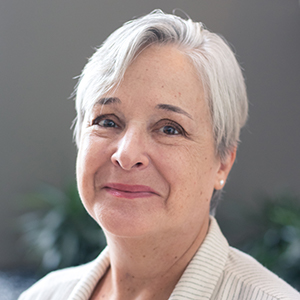Breaking the news
This month marks my third anniversary as managing editor of ASBMB Today. If COVID-19 restrictions continue, I’ll probably celebrate privately with an extra cup of coffee at my kitchen table/desk. Maybe even a doughnut.
As I’ve mentioned in this space before, I worked for about 20 years at daily and weekly newspapers before I came to the ASBMB to edit a monthly magazine. The change was stark, mostly in terms of pacing. I spent much of my career hounding reporters to turn around daily stories in a matter of hours. Here, I found that we had the luxury of working for weeks, even months, on articles and essays to get them exactly right for this magazine. Very little was urgent. We moved at a stately and thoughtful pace, rather like an ocean liner or a dowager countess.
That changed this year. And it changed fast.
First, we moved to daily publishing on our website in January, meaning we were posting fresh stories every morning — often several a day. This had been a longtime goal of the ASBMB Today staff, and we were delighted with our fresh new website, even though it meant major pivots in our workflow.
Later that month, we became aware of an insidious new disease that was sickening people in China. We posted our first article about research related to chloroquine and “the new coronavirus” on Feb. 6, covering a paper published two days earlier.
Since then, this job and my old jobs have felt increasingly similar as we race to share news of COVID-19 research and how our members are helping and coping. Our staff writers, contributors and members have churned out articles and essays at what, for us, is an astonishing pace.
Why am I telling you this?
The May issue of ASBMB Today reflects these recent changes. Here we have collected the best of the COVID-19 writing that we’ve posted on our website since February. We tried to update articles wherever possible, but the story is evolving quickly. This is a snapshot, from the viewpoint of this magazine and this society, of a moment that comes once in a century.
And as with our April issue, due to stay-at-home orders and the closure of many universities and institutions, we are not printing this issue. You can view it as a PDF file here.
Stay well and stay safe.Enjoy reading ASBMB Today?
Become a member to receive the print edition four times a year and the digital edition monthly.
Learn moreGet the latest from ASBMB Today
Enter your email address, and we’ll send you a weekly email with recent articles, interviews and more.
Latest in Opinions
Opinions highlights or most popular articles
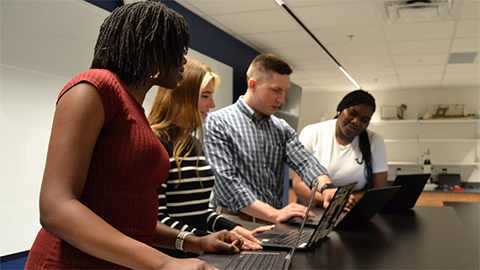
Debugging my code and teaching with ChatGPT
AI tools like ChatGPT have changed the way an assistant professor teaches and does research. But, he asserts that real growth still comes from struggle, and educators must help students use AI wisely — as scaffolds, not shortcuts.

AI in the lab: The power of smarter questions
An assistant professor discusses AI's evolution from a buzzword to a trusted research partner. It helps streamline reviews, troubleshoot code, save time and spark ideas, but its success relies on combining AI with expertise and critical thinking.
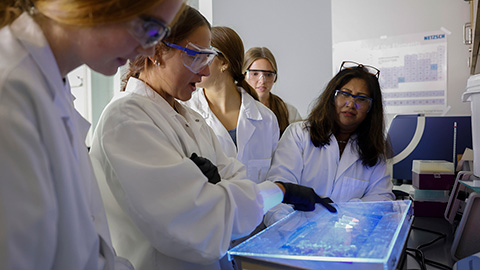
How AlphaFold transformed my classroom into a research lab
A high school science teacher reflects on how AI-integrated technologies help her students ponder realistic research questions with hands-on learning.
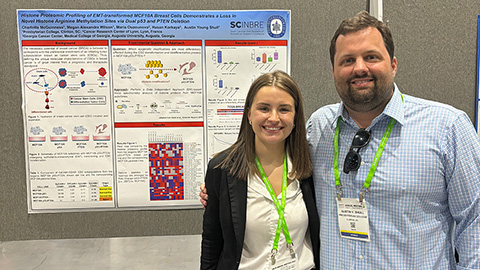
Writing with AI turns chaos into clarity
Associate professor shares how generative AI, used as a creative whiteboard, helps scientists refine ideas, structure complexity and sharpen clarity — transforming the messy process of discovery into compelling science writing.
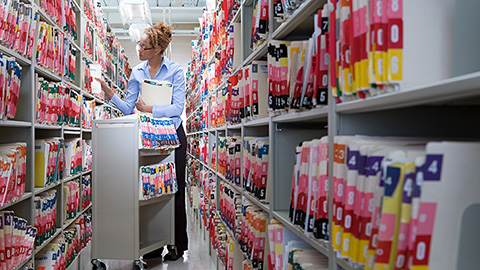
Teaching AI to listen
A computational medicine graduate student reflects on building natural language processing tools that extract meaning from messy clinical notes — transforming how we identify genetic risk while redefining what it means to listen in science.
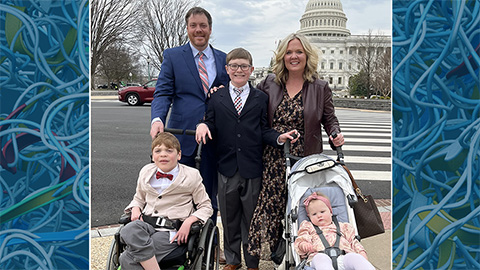
What’s in a diagnosis?
When Jessica Foglio’s son Ben was first diagnosed with cerebral palsy, the label didn’t feel right. Whole exome sequencing revealed a rare disorder called Salla disease. Now Jessica is building community and driving research for answers.

